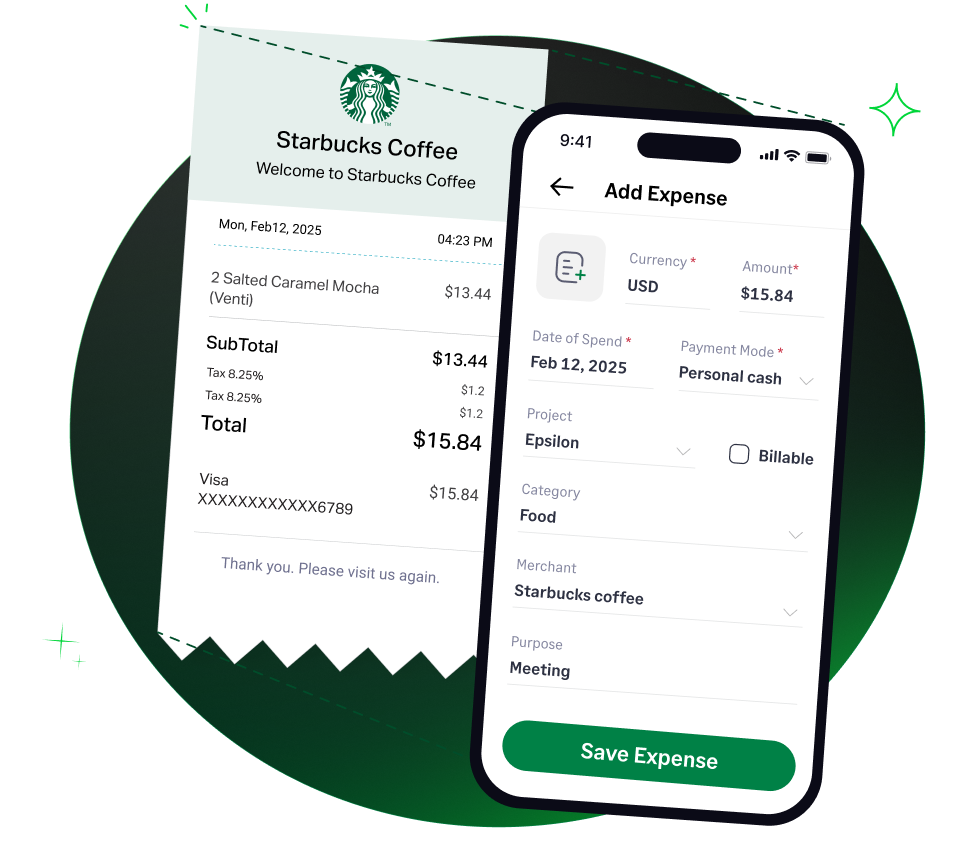✨ Exciting news: Fyle is now part of the Sage family! Learn more in our press announcement >
 4.6/51670+ reviews
4.6/51670+ reviewsExtending credit to customers is a common business practice, but it also carries the risk that some invoices may go unpaid. A business's bad debt can impact cash flow and profitability. To mitigate this risk, many businesses purchase credit insurance, which protects against losses from customer non-payment.
For accountants and small business owners, it's important to know that the premiums paid for this type of insurance are a deductible business expense. This guide explains how to categorize credit insurance premiums in accordance with IRS rules and provides guidance on tracking them effectively.
The premiums you pay for credit insurance are an ordinary and necessary business expense. IRS Publication 535 specifically lists Credit insurance that covers losses from business bad debts as a deductible type of insurance.
On your financial statements, these premiums should be categorized under Insurance Expenses. This ensures they are tracked separately from other types of insurance and bad debt losses themselves.
While the premiums are deductible, there are several key IRS rules to understand, particularly concerning how this insurance interacts with bad debt deductions.
The deduction for insurance premiums applies only to payments made to a third-party insurance company or a government agency. As stated in IRS Publication 535, you cannot deduct amounts you set aside in your own self-insurance reserve fund to cover potential bad debts.
You cannot deduct the same loss twice. If you have credit insurance, it directly impacts your ability to deduct a bad debt.
For example, if you have a $10,000 bad debt and your credit insurance policy reimburses you for $8,000, you can only claim a bad debt deduction for the remaining $2,000 loss.
Like other insurance policies, if you pay for a credit insurance policy that covers a period extending substantially beyond the end of the tax year, you cannot deduct the entire premium upfront.
According to IRS Publication 535, you must allocate the premium and deduct only the portion that applies to the current tax year.

To properly deduct credit insurance premiums, you must report them correctly and maintain the records required by the IRS.
For a sole proprietor filing a Schedule C (Form 1040), credit insurance premiums are deducted under Part II, Line 15, Insurance (other than health).
You must keep documentary evidence to support your deduction. Your records should include:
Fyle simplifies the process of tracking insurance premiums and related documentation, ensuring you have a complete and compliant record for tax time.




